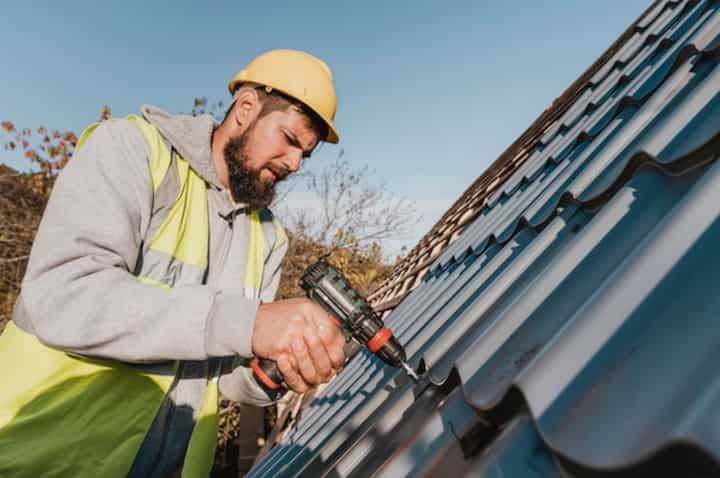
Expert Ceiling Water Damage Repair Services in Clayton
Ceiling water damage is a common issue that can result from various factors such as plumbing leaks, roof damage, or condensation. If left untreated, it can lead to severe structural damage, mold growth, and health risks. In Clayton, expert ceiling water damage repair services are crucial for homeowners and businesses looking to maintain the integrity and safety of their properties. This article explores the causes, signs, and solutions for ceiling water damage, providing valuable insights for those in need of professional repair services.
Causes of Ceiling Water Damage
Understanding the root causes of ceiling water damage is essential for effective prevention and repair. Common causes include:
- Leaking Roofs: Damaged or aging roofs can allow water to seep into the ceiling, especially during heavy rain.
- Plumbing Issues: Burst pipes or leaks within the plumbing system can lead to water accumulation and subsequent damage.
- Condensation: Poor ventilation can cause condensation to build up, particularly in bathrooms and kitchens, leading to water damage over time.
- Ice Dams: In colder climates, ice dams can form on roofs, causing water to back up and enter the ceiling.
For a more comprehensive understanding, read more about this topic.
Identifying Signs of Ceiling Water Damage
Early detection of ceiling water damage can prevent costly repairs and extensive structural harm. Some telltale signs include:
- Discoloration: Yellow or brown stains on the ceiling are common indicators of water damage.
- Peeling Paint or Wallpaper: Moisture can cause paint and wallpaper to peel or bubble.
- Structural Sagging: A sagging ceiling suggests significant water accumulation and potential structural weaknesses.
- Mold Growth: The presence of mold or mildew is a serious health hazard and often accompanies water damage.
Learn more in this detailed guide about identifying and addressing these signs.
Professional Repair Services
Assessment and Inspection
Professional repair services begin with a thorough assessment and inspection to determine the extent of the damage and identify the source of the water intrusion. Specialists use advanced tools and techniques to ensure accurate diagnoses.
Repair and Restoration
Once the assessment is complete, the repair process involves:
- Water Removal: Immediate removal of standing water and moisture to prevent further damage.
- Drying and Dehumidification: Use of industrial-grade equipment to dry out affected areas completely.
- Ceiling Repair: Replacement or repair of damaged ceiling materials to restore structural integrity.
- Mold Remediation: Removal and prevention of mold growth to ensure a safe and healthy environment.
To explore further insights here on the repair and restoration process.
Prevention Tips
Preventing ceiling water damage is an ongoing process that involves regular maintenance and vigilance. Consider the following tips:
- Regular Inspections: Conduct routine inspections of the roof, plumbing, and ventilation systems.
- Immediate Repairs: Address any leaks or damages promptly to prevent them from worsening.
- Proper Ventilation: Ensure adequate ventilation in moisture-prone areas like kitchens and bathrooms.
- Gutter Maintenance: Keep gutters clean and free of debris to facilitate proper water drainage.
Find additional information here on preventive measures and maintenance tips.
Conclusion
Ceiling water damage poses a significant risk to property integrity and occupant health. By understanding the causes, identifying the signs, and utilizing professional repair services, property owners in Clayton can effectively manage and mitigate these risks. For homeowners and businesses seeking reliable solutions, expert ceiling water damage repair services offer peace of mind and long-lasting protection.